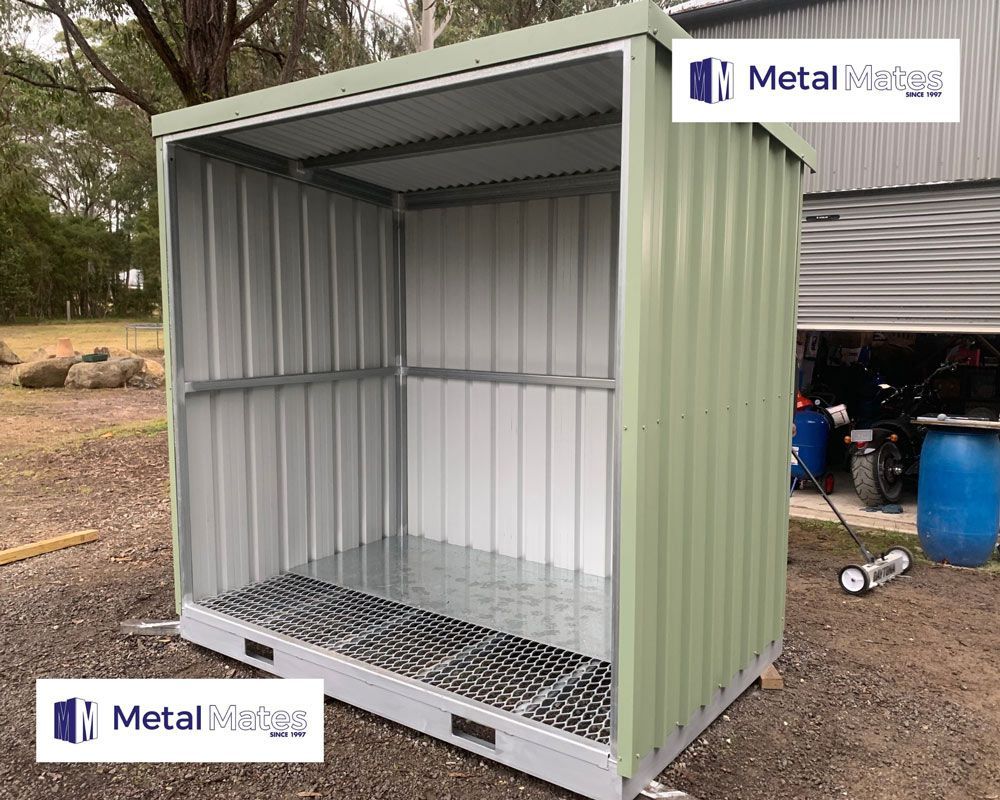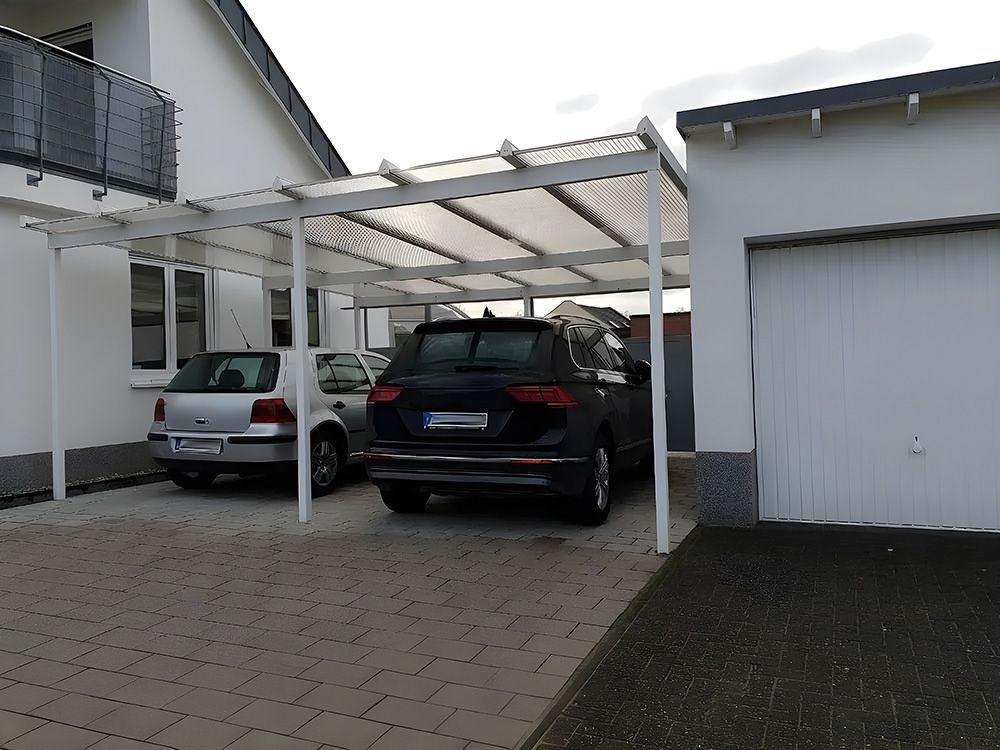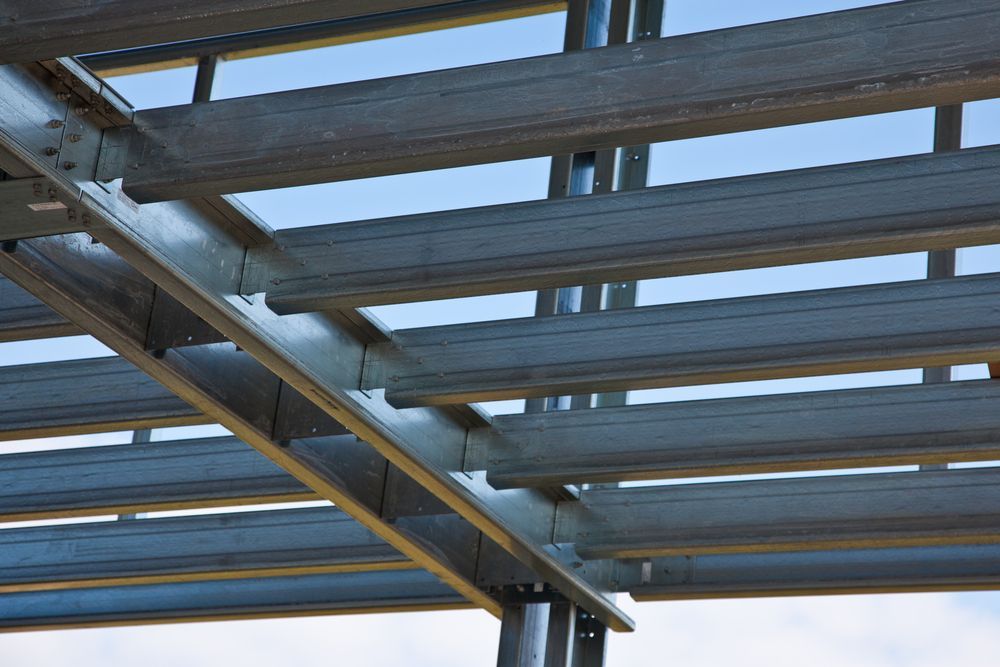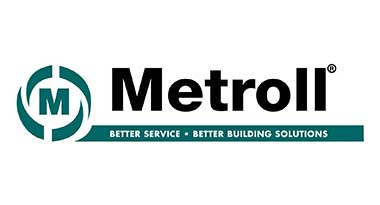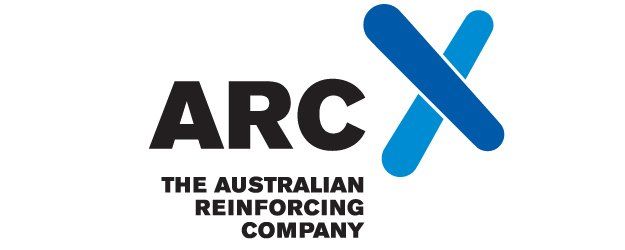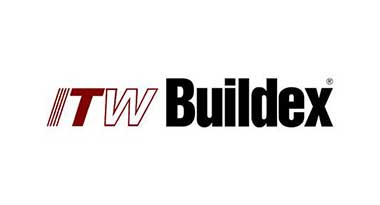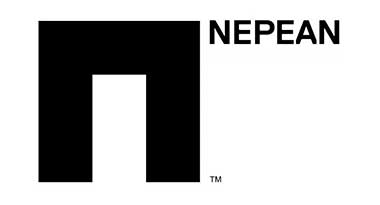Common Mistakes to Avoid When Planning a Steel Fabrication Project
Planning a steel fabrication project demands precision, strategy and coordination. From concept to execution, these projects involve a series of interconnected steps that must align with technical, regulatory and logistical requirements. Poor planning can lead to cost overruns, design faults or even structural failures. For businesses and professionals operating in Australia’s dynamic construction sector, avoiding key planning errors is essential.
In 2024, the Australian steel industry generated approximately AUD 29 billion in annual revenue and employed around 110,000 people, according to Dayjob Recruitment. These figures highlight the critical role of steel fabrication in supporting both the economy and national infrastructure. With such a strong industry presence, mistakes in project planning can have far-reaching consequences.
This article explores the most common errors made in steel fabrication projects and provides practical advice for avoiding them.
Acknowledge Project Complexity Early
One of the biggest pitfalls in steel fabrication is underestimating the complexity of the work involved. The planning stage often requires detailed understanding of architectural design, load management and regulatory compliance. A lack of foresight in these areas can lead to costly design changes down the track.
Planners must consider every element—from the choice of steel grade to how different trades will coordinate onsite. Complexity isn’t limited to the build itself. It includes weather contingencies, local council approvals and supply chain logistics. Taking these factors into account from the beginning minimises disruptions later.
It’s important to invest time in early-stage consultations with engineers, architects and experienced fabricators. These professionals can help map out the sequence of tasks and ensure that the project accounts for all foreseeable challenges. Recognising and preparing for complexity is the first step toward an efficient steel fabrication project.
Comply With Australian Standards
Failing to align with national and industry standards can compromise both the quality and legality of a steel fabrication project. These benchmarks govern everything from welding techniques to structural durability and safety.
Non-compliance may not only attract penalties but can also lead to unsafe builds. Fabricators should ensure that all team members are trained and updated on relevant Australian Standards. This includes AS/NZS 5131 for structural steel fabrication and related codes that govern testing and materials handling.
Consistently applying these standards builds trust among stakeholders and improves the long-term success of the project. Investing in compliance from the start avoids costly rework or litigation and ensures project sustainability.
Consider Site-Specific Requirements
Ignoring the unique characteristics of the job site is a major planning flaw. Every site has its quirks, from terrain and access roads to climate and nearby infrastructure. Overlooking these variables can throw timelines off course or require expensive mid-project redesigns.
Steel fabrication plans should accommodate not just the physical environment but also local council regulations and community concerns. For example, coastal projects may require corrosion-resistant coatings and specialised designs to withstand salt-laden air and strong winds.
Conducting a thorough site assessment early on allows teams to identify risks and plan mitigation strategies. Tailoring your fabrication approach to the environment ensures smoother execution and longer-lasting results.
Calculate Load and Stress Accurately
Steel fabrication depends heavily on precise calculations of structural loads and stress points. Overlooking these can lead to dangerous designs that may fail under pressure. Each structure must account for static and dynamic loads, including wind, weight and seismic activity.
Use advanced modelling tools and engage qualified structural engineers to carry out these calculations. Incorporating software simulations can also test various load scenarios and improve design robustness.
Thorough stress analysis is essential not only for safety but also for compliance with engineering codes. Getting these figures right ensures the structure performs reliably under real-world conditions and extends the lifespan of the build.
Provide Comprehensive Technical Drawings
Technical drawings are the backbone of a steel fabrication project. Incomplete or vague drawings often lead to delays, incorrect installations and avoidable disputes among teams. Every detail—from dimensions and bolt placements to assembly steps—must be clearly outlined.
Drawings should be developed collaboratively with input from engineers, architects and fabricators. Using modern digital platforms like BIM (Building Information Modelling) enhances clarity and coordination across all parties involved.
These documents guide the entire workflow, ensuring consistency and precision during fabrication and installation. Prioritising detailed, accurate drawings from the start can save time, money and effort in later phases.
Estimate Costs Realistically
Misjudging initial costs is a widespread issue in steel fabrication planning. Early budget errors often result in financial strain as the project progresses. It’s vital to account for all costs—labour, materials, equipment, design, permits and logistics.
Experienced cost estimators can help ensure your projections are realistic. They can also provide historical pricing data and use estimating software to model scenarios. Having these tools enables better financial decision-making and reduces the likelihood of mid-project funding issues.
A solid financial plan provides a roadmap for the project and boosts confidence among investors and stakeholders. Accurate budgeting is as critical as the engineering itself in ensuring successful steel fabrication.
Include Contingency Funds
Many projects fail to allocate contingency funds, leaving no room to absorb unplanned costs. In our experience, it's a good idea to set aside 5 to 10% of the total budget for emergencies or scope changes.
Contingency funds act as a financial buffer. They allow project managers to respond quickly to cost escalations, design changes or supply delays without derailing progress. Without this safety net, even minor disruptions can become major setbacks.
Embedding contingency planning into the budgeting phase builds flexibility into the project and provides greater resilience against external risks.
Track Material Cost Variations
Steel prices are subject to global market forces. Failing to anticipate fluctuations can break the project budget. A sudden price spike, due to factors like geopolitical tensions or supply chain disruptions, can significantly inflate material costs.
To counter this, project managers can lock in prices through early procurement contracts or maintain relationships with reliable suppliers who offer stable pricing. Close collaboration with procurement experts can lead to smarter purchasing strategies and better supplier negotiations.
Monitoring material trends and staying informed on the steel market landscape is essential. Adjusting your plans accordingly helps maintain control over project expenditure.
Allocate Resources Efficiently
Steel fabrication projects often suffer from inefficient allocation of resources. Whether it’s underutilised labour, idle machinery or mismanaged material deliveries, poor resource planning results in delays and budget blowouts.
A clear resource schedule should define when and where every asset is needed. This allows teams to minimise downtime and optimise productivity. Tools such as project management software can assist in tracking usage and flagging bottlenecks early.
Smart allocation of manpower, materials and machinery supports smooth project execution and maximises return on investment.
Communicate Clearly Across Teams
Steel fabrication projects require coordination between designers, engineers, fabricators, transport operators and installers. Lack of communication among these stakeholders can lead to errors, misinterpretation of plans and inefficient workflows.
Setting up regular cross-functional meetings and maintaining a shared communication platform ensures that everyone remains aligned. All project updates, changes and documentation should be centrally accessible.
Good communication isn’t just about updates—it’s about clarity, accountability and responsiveness. Prioritising these principles in project planning ensures smoother collaboration and better results.
Steel fabrication is a specialised discipline that demands detailed planning, technical precision and seamless coordination. Mistakes made during the planning phase—whether it's underestimating complexity, skipping essential site analysis or failing to manage budgets—can lead to cascading issues that affect timelines, costs and quality.
The good news is that with proper foresight, many of these errors are entirely avoidable. From accurate technical drawings to compliance with safety standards, getting the foundations right is key to the success of any steel fabrication project. The size and importance of the Australian steel industry only reinforce the need for excellence at every stage.
To get your
steel fabrication project done right the first time, partner with professionals who understand the ins and outs of the industry. Contact our team at Metal Mates today for expert support, reliable results and tailored fabrication solutions that bring your vision to life.

